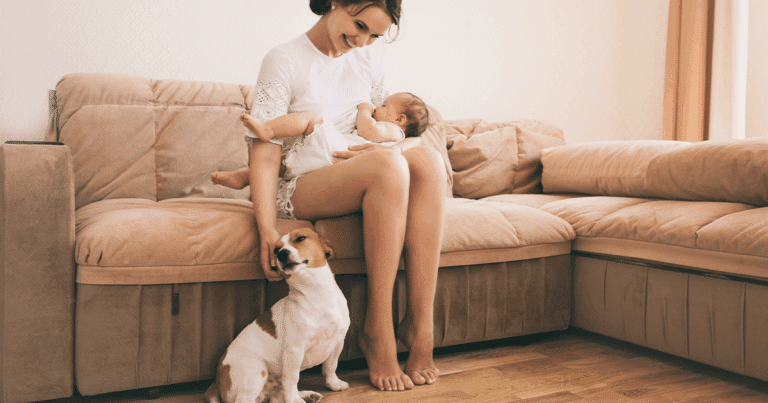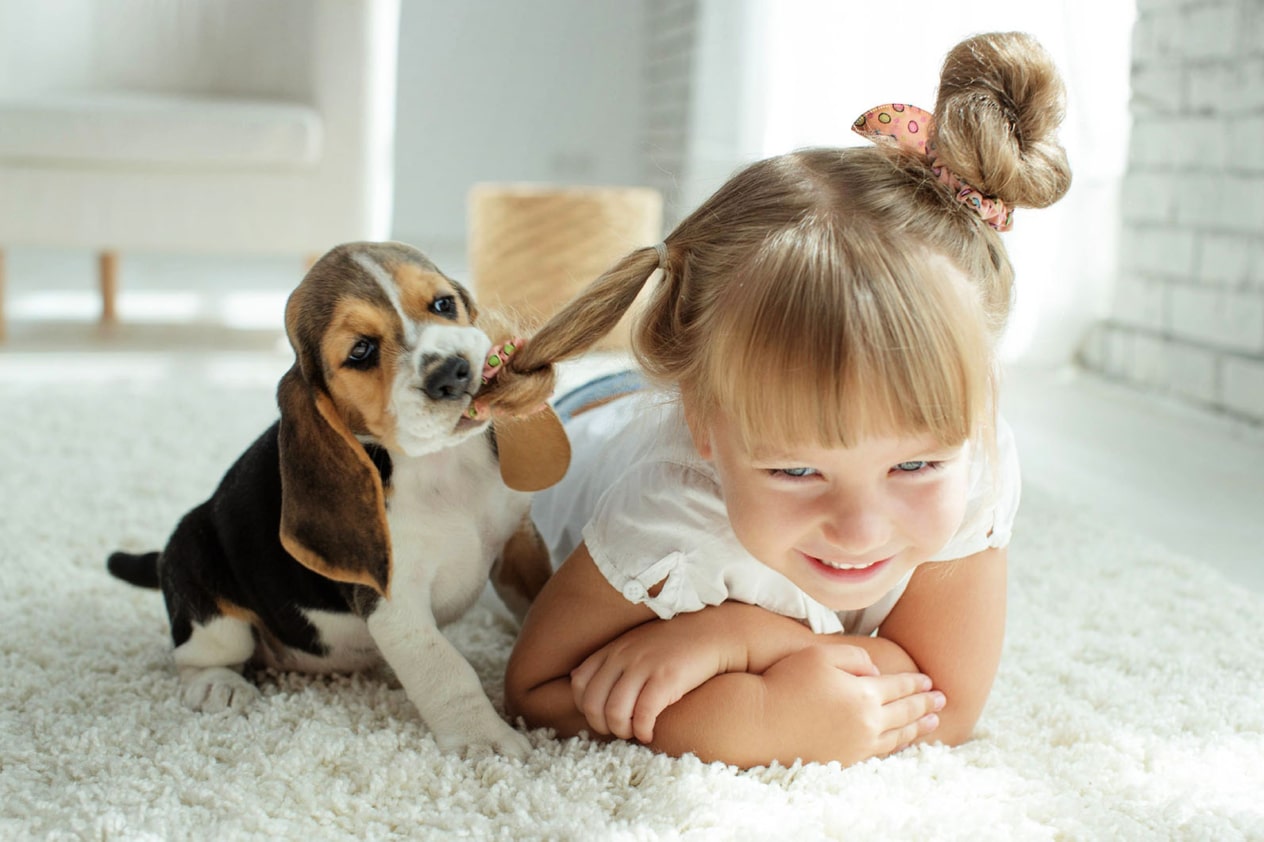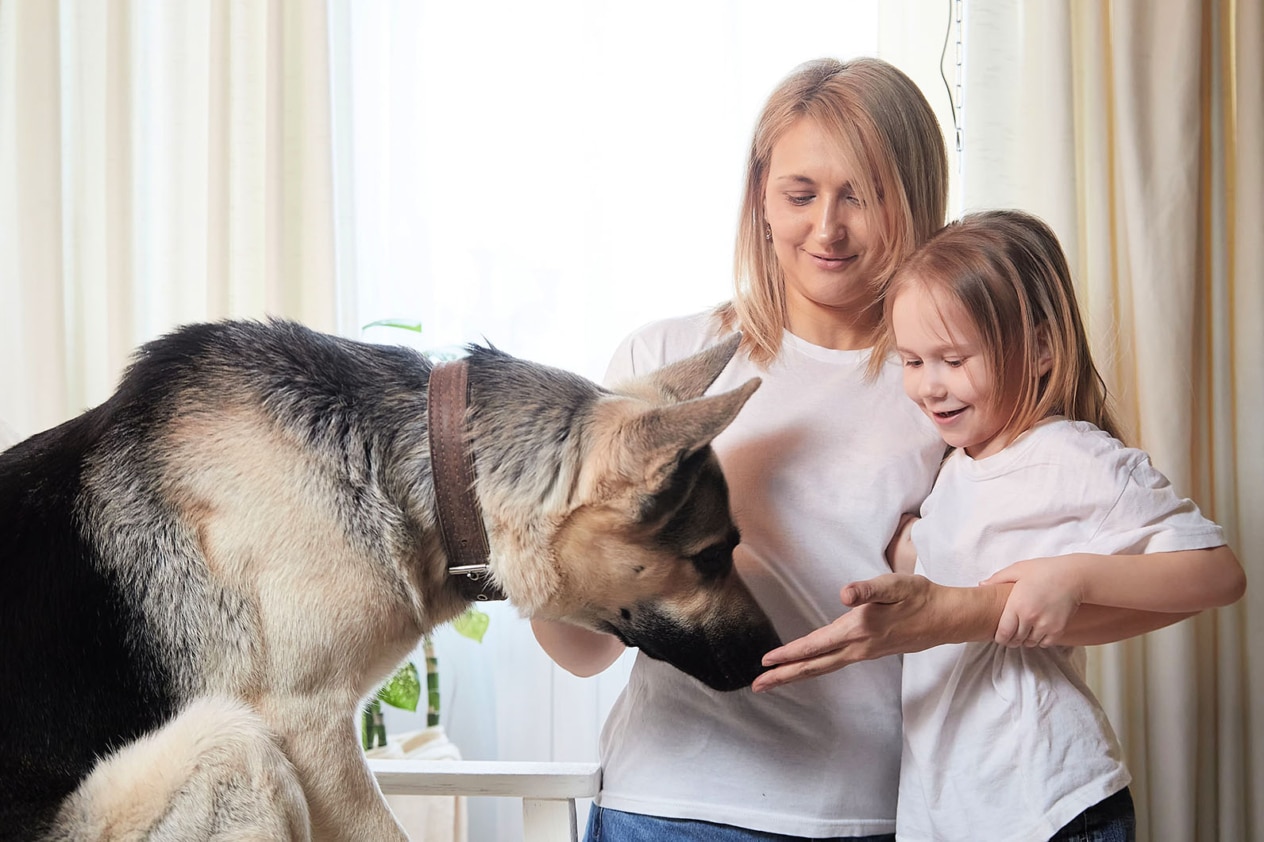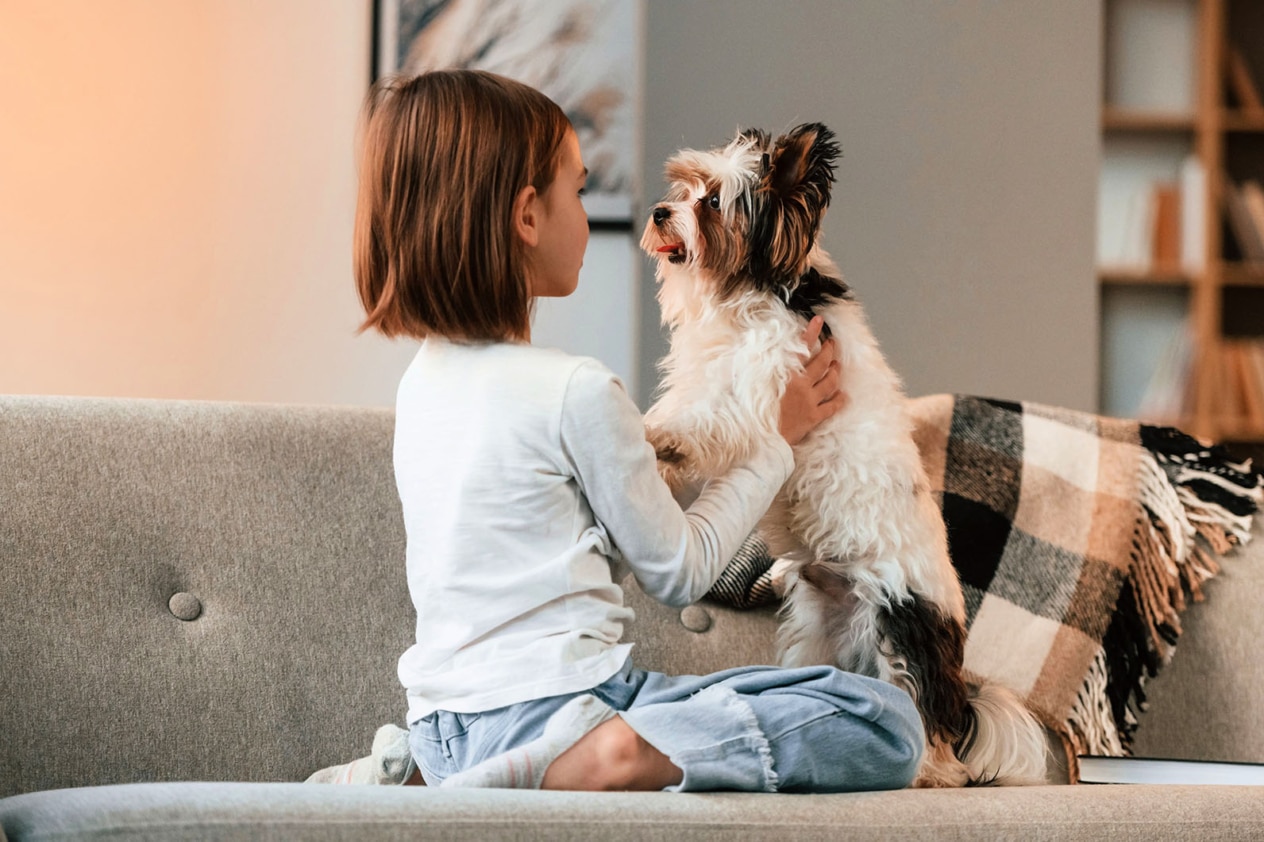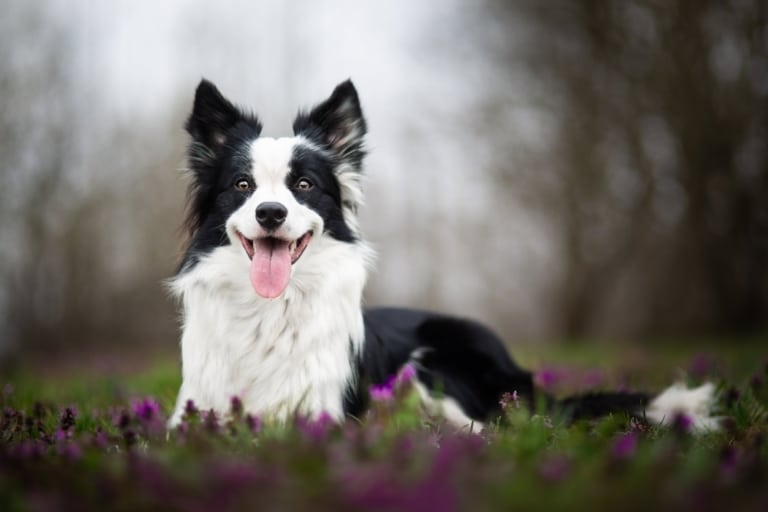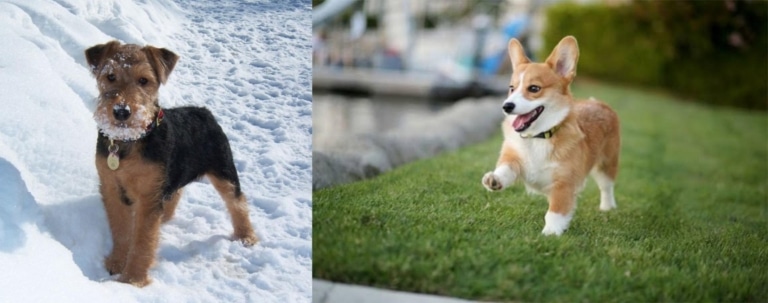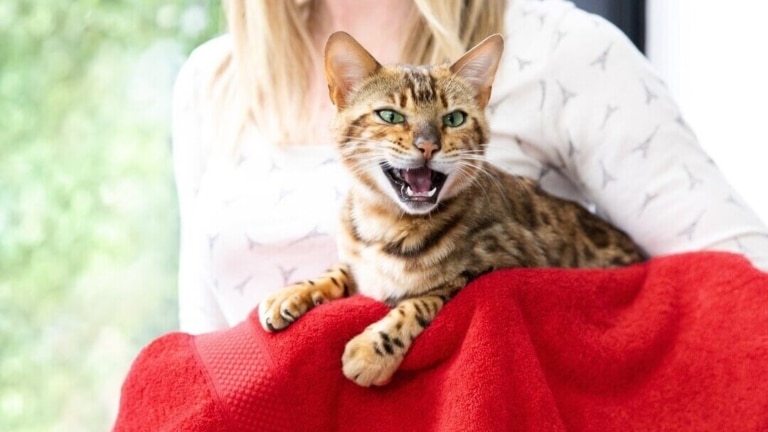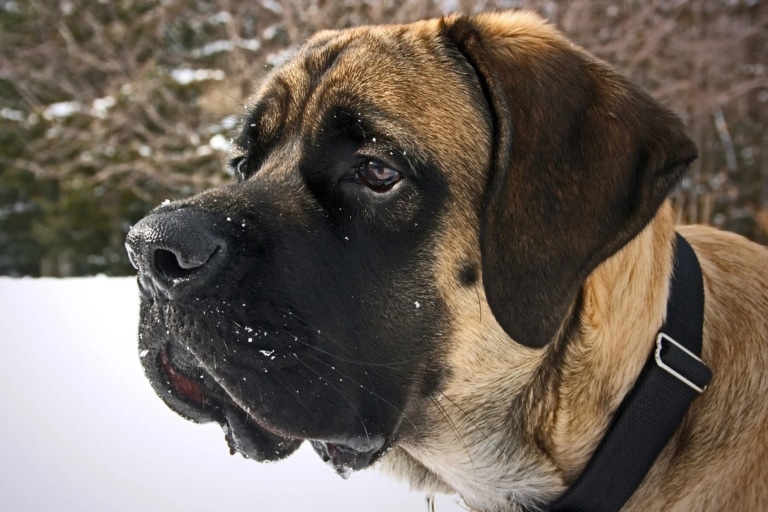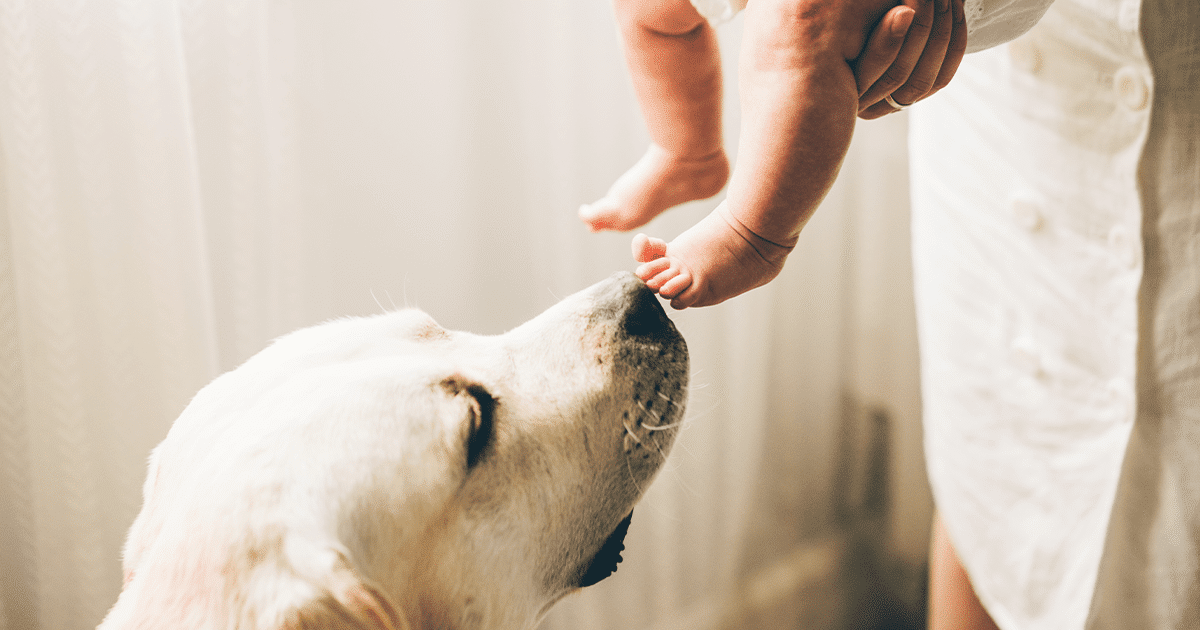
When a child comes into the family, everything changes – the rhythm of life, the emotional atmosphere, daily habits. But these changes are not only felt by mom and dad – pets, particularly dogs, also experience stress. And very often – jealousy. Many owners do not expect that their faithful dog can react with wariness or resentment to the baby, because before that he was affectionate, obedient and always around. But a dog’s behavior is a mirror of our attention. And when it suddenly disappears, the dog may fight for it as best he can.
Why does a dog get jealous
Jealousy is not a whim or “jealousy” like in humans. For a dog, it is an emotional reaction to a change in hierarchy or living conditions. With the arrival of a child, the Pet suddenly loses the usual dose of attention, affection, play, walks. What was once “just his” – your hands, the couch, your voice – now belongs to someone new. In addition, the dog may perceive the child as a threat – he cries loudly, has an unfamiliar odor, interferes with rest, breaks the silence. If up to this point the dog considered himself a “child in the family”, the change of roles is given to him especially hard. Even friendly and calm animals can show jealousy, especially when the owner’s attention is sharply shifted.
How jealousy manifests itself
The manifestations of jealousy can be very different, and not always obvious. For some it is demonstrative behavior: the dog starts whining, sits between you and the child, brings toys, demands attention. Someone – on the contrary, withdrawal into himself, ignoring commands, lethargy. Often owners notice that the dog begins to do “spite”: chews children’s things, does the need in inappropriate places or throws tantrums when they take the child in their arms. In more alarming cases, the dog may show aggression – growling or even trying to bite the child or someone who interacts with him. This is a signal of serious tension that requires an immediate response.
How to help a dog accept a baby
To avoid or reduce jealousy, it’s important to show your dog that he’s not an extra. Your love is still there – it just needs to be shared more. And it’s up to you to teach your dog that having a baby is not a punishment, but a new experience in which he has a place.
The most important thing is attention. You don’t have to go back to long walks and hour-long games (which is often impossible with an infant), but 10-15 minutes of conscious contact daily is a must. A look, words, touch, play – all of these things say to the dog, “You are still important to me.” It is desirable that these moments do not coincide with the time of interaction with the child, so that the dog does not associate “love” with “competition”.
Another key is gradual introduction to the child. Don’t let the dog get too close right away, but be sure to let him sniff the baby’s things, hear his voice, and get used to the smell. Do it calmly, without nerves, and encourage each calm reaction with an affectionate word or a treat. The dog must understand that the baby is a source of good things, not an occasion for fear or tension.
It is very effective to create a “his zone” for the dog – a corner where the child is never. It can be a bed, a sleeping area, a resting area. In this way you are signaling: you have a safe place where you are not disturbed.
And most importantly, don’t punish your dog for being jealous, don’t scold, don’t yell. Punishment will only deepen fear and increase aggression. Instead, pay attention to the positive moments: when the dog behaves calmly around the child, ignores his crying, does not interfere in your communication with the baby – praise, give treats. Behavior that is reinforced by kindness is reinforced and repeated.
Teach the dog that the baby is not a rival, but a new member of the “pack” with whom you can be friends, live near and share love.
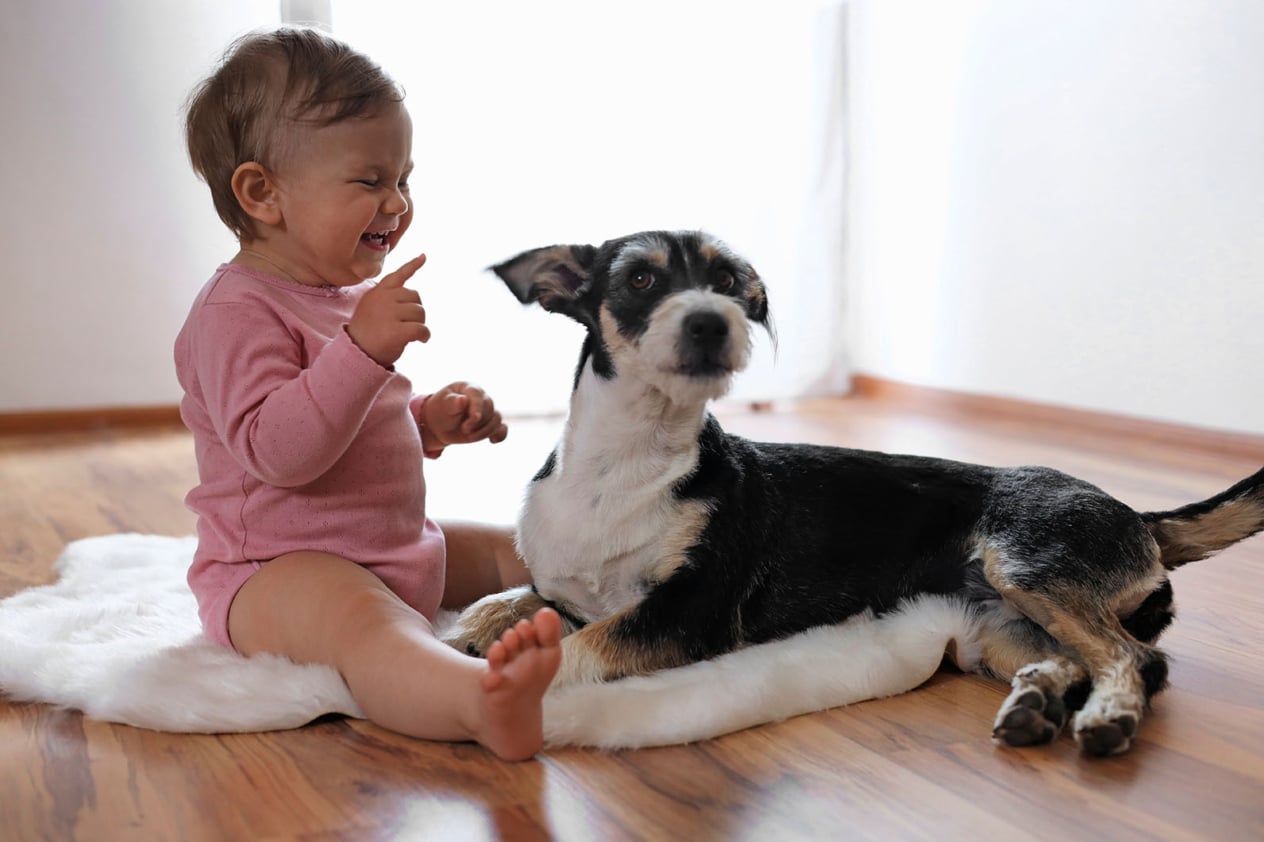
Conclusion
The arrival of a baby is a happiness for the family and also a test for the pet. A dog’s jealousy is a natural reaction that doesn’t make it “bad” or “dangerous”. It is just a signal that she also wants to be heard, noticed, loved. Your job is to help her through this stage without stress. With balance, time, and teaching new rules of life, you can create a strong harmony between your child and your dog – one that will be the foundation for a true lifelong friendship.

